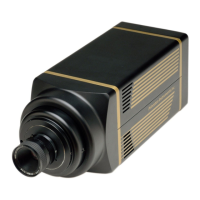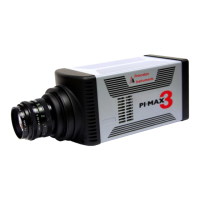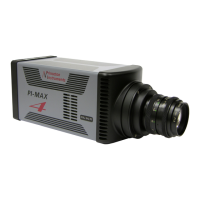What to do if a 'Data Overrun Has Occurred' message appears on my Princeton Instruments PI-MAX System Security Camera?
- Jjuan03Aug 16, 2025
If you receive a 'Data Overrun Has Occurred' message while using your Princeton Instruments Security Camera, try the following: * Minimize the number of programs running in the background during data acquisition with WinX application software (WinView/32 or WinSpec/32). * Run data acquisition in Safe Mode. * Add memory. * Use binning. * Increase the exposure time. * Defragment the hard disk. * Update the Orange Micro USB 2 driver.



